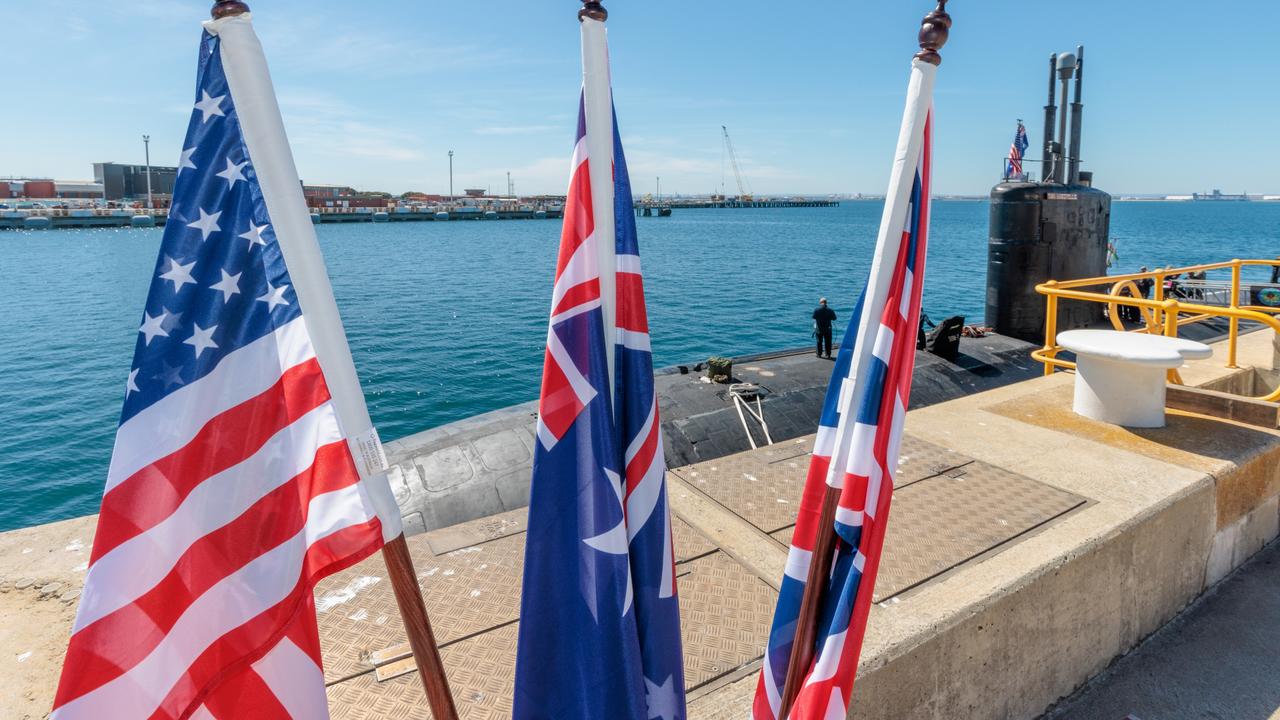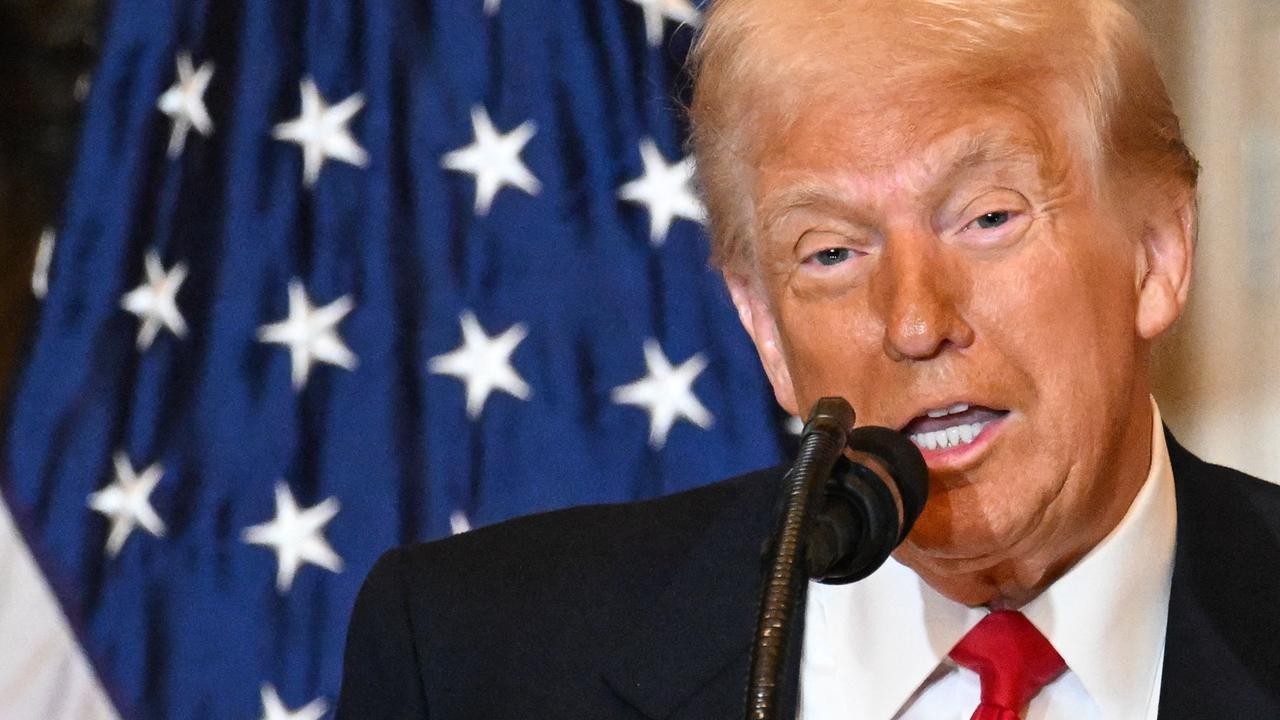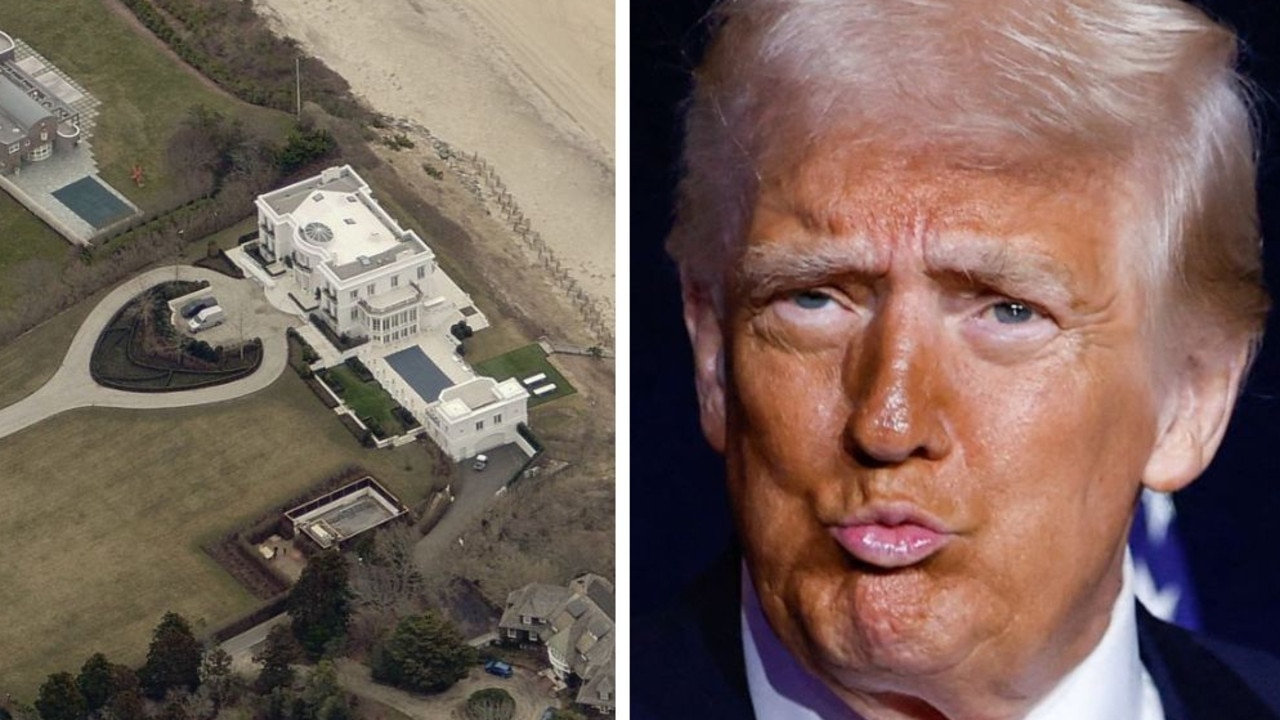Targeting North Korea is more difficult than you think
WHAT would happen if Donald Trump unleashed the might of the US on North Korea? It could backfire in horrific ways.
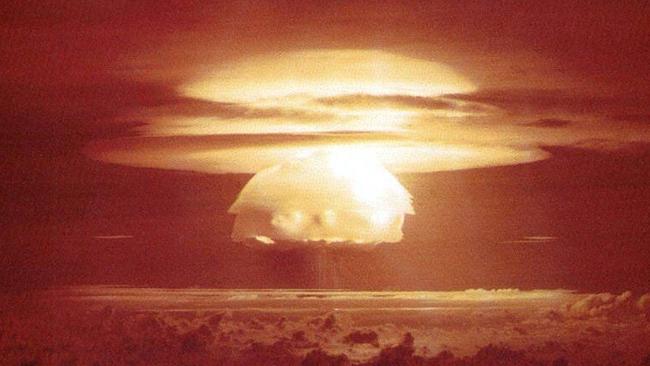
THE US has warned North Korea of a “massive military response” if there is any threat to America or its territories but launching an effective attack could be more difficult than it appears.
There’s no question that America has a huge weapons arsenal and nuclear bombs capable of annihilating vast areas of the country.
But the difficulty is knowing where to aim for.
North Korea is a country that spans 123,138 square kilometres and mountains make up 79.5 per cent of the territory.
If the US were to launch a pre-emptive strike, it would need to know where leader Kim Jong-un’s nuclear sites are, and it’s not clear it has this intelligence.
North Korea expert Brad Glosserman, executive director of the Center for Strategic and International Studies in the US, told news.com.au earlier this year that he didn’t think America knew where North Korea’s warheads or missiles were located.
“The idea that we can intimidate the North Koreans strikes me as being a bit of a stretch,” he said.
Any conflict would also likely result in huge casualties, another reason why diplomacy is seen as the preferred option.
“We always have military options, but they’re very ugly,” retired US Army general and CNN military analyst Mark Hertling said.
North Korea keeps a huge weapons stockpile in range of the South Korean capital of Seoul and could unleash an attack on its citizens in retaliation for a US strike, potentially killing tens of thousands of people, if not more.
Analysts believe US would also need weeks, if not months, to get extra troops and equipment to the region, including bombers and stealth fighters, to support the attack.
Defence and foreign policy analyst at the Cato Institute in the US, Eric Gomez, agreed that destroying North Korea’s nuclear forces with a pre-emptive attack would be very difficult.
“At a bare minimum, the strike would have to locate and destroy most of North Korea’s long range missiles to protect US forces in the Asia pacific and the US homeland from attack,” Mr Gomez told news.com.au.
“If the United States also wanted to defend its allies, it would have to destroy as many shorter range systems as possible, which would further complicate the strike.”
He said the complete destruction of North Korea’s nuclear capability would also mean targeting the facilities that make weapons grade nuclear material and ballistic missiles, as well as leadership locations.
“This would be a very demanding military operation with a low degree of success and high level of risk, given the damage that just one nuclear weapon could cause,” he said.
“The United States might be able to pull it off, but I wouldn’t give the plan a high chance of success.”
Mr Gomez said the US probably knew where the big nuclear enrichment and missile factories were located but the missile units themselves may be harder to locate.
“The United States has been able to detect some recent North Korean ballistic missile tests before launch but on the other hand, operational procedures for a test are likely to be very different from a wartime launch,” he said.
North Korea fires its missiles from mobile launchers that can move around the country and its missiles use solid rocket fuel, which make them harder to detect and destroy before launching.
Previously it was thought North Korea’s mobile launchers were only capable of moving on paved roads but a recent test of its Pukguksong-2 missile was launched from a transporter erector launcher (TEL) vehicle with tracks instead of wheels, which would allow it to access more rugged terrain and significantly increases the potential launch points.
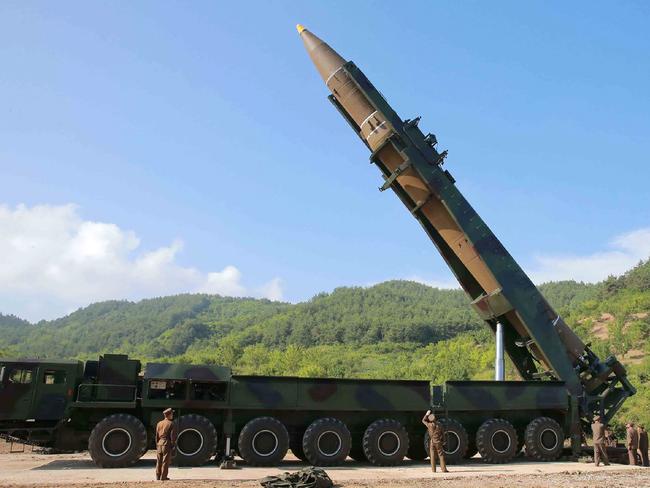
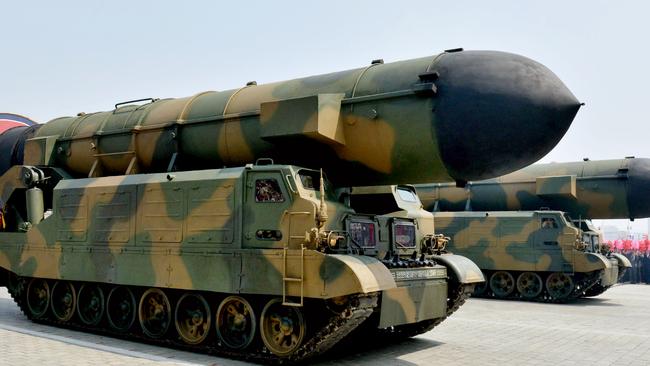
“North Korea also has an old but very dense air defence network that would make it difficult for the United States reconnaissance and strike aircraft to loiter in an area long enough to find the missiles,” Mr Gomez said.
When asked whether it was likely the US could destroy a North Korean missile before it launched, Mr Gomez said: “The US could probably get a decent number of missiles if it put the effort in.
“The problem is that just one nuclear weapon can cause so much damage.
“Getting a few missiles is possible, getting all of them or enough of them to have full confidence in US missile defence to take care of the rest would be harder.”
WHAT ABOUT TAKING OUT KIM JONG-UN?
Another option, which the South Koreans appear supportive of, is targeting North Korean leader Kim Jong-un. But Mr Gomez said pulling this off would also be difficult.
“First, the US would have to locate Kim Jong-un very quickly and have assets on hand to take the shot at killing him ready at a moments notice so he doesn’t have a chance to change locations,” he said.
“When the US tried to kill (former Iraq president) Saddam Hussein at the start of the second Iraq war it had bad intelligence on where Saddam was and missed. So there’s a high likelihood that a decapitation attack would fail.”
Mr Gomez said if the US succeeded in killing Kim, it may not be enough to stop a nuclear retaliation.
“Kim could delegate authority to missile commanders if he felt that a crisis was imminent so they could use the nuclear weapons even if Kim was dead,” he said.
There would also be the problem of how to end the conflict once Kim was killed.
“Without political leadership, how would the United States try and end the war that is likely to result?” Mr Gomez said.
“I think the assumption that the North Korean military would give up if Kim Jong-un is killed is a false assumption.”
COULD US TAKE THE ‘NUCLEAR OPTION’?
In a worse case scenario, Mr Gomez said the US could use a relatively small proportion of its nuclear arsenal to wipe out all major population centres in North Korea but this would likely draw international condemnation.
“This would be a horrific act for the US to take and would likely destroy any positive perception of the US in the international community,” he said.
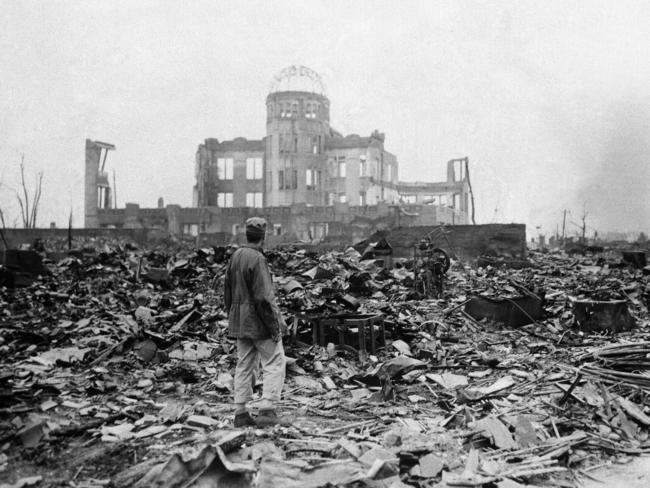
Since taking office US President Donald Trump has reportedly been considering “utterly destroying” Kim Jong-un’s nuclear sites using pre-emptive strikes.
Following North Korea’s sixth and most powerful nuclear test, Mr Trump reaffirmed Washington would defend itself and its allies “using the full range of diplomatic, conventional and nuclear capabilities at our disposal,” the White House said.
According to US Defence Secretary Jim Mattis, Mr Trump has asked to be briefed on all available military options following North Korea’s testing of an advanced hydrogen bomb for a long-range missile.
“Any threat to the United States or its territories, including Guam or our allies will be met with a massive military response, a response both effective and overwhelming,” Mattis said.
“We are not looking to the total annihilation of a country, namely North Korea,” Mattis said with Joseph Dunford, the chairman of the Joint Chiefs of Staff, at his side.
“But as I said, we have many options to do so.”
Trump earlier in the day refused to rule out military action and threatened to cut off trade with any country doing business with Pyongyang. Asked while leaving a church service whether the US would attack North Korea, Trump replied: “We’ll see.”
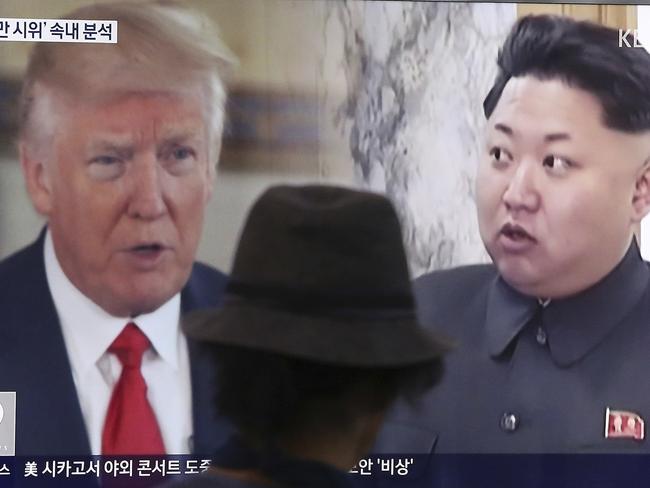
Email: charis.chang@news.com.au | Twitter: @charischang2


